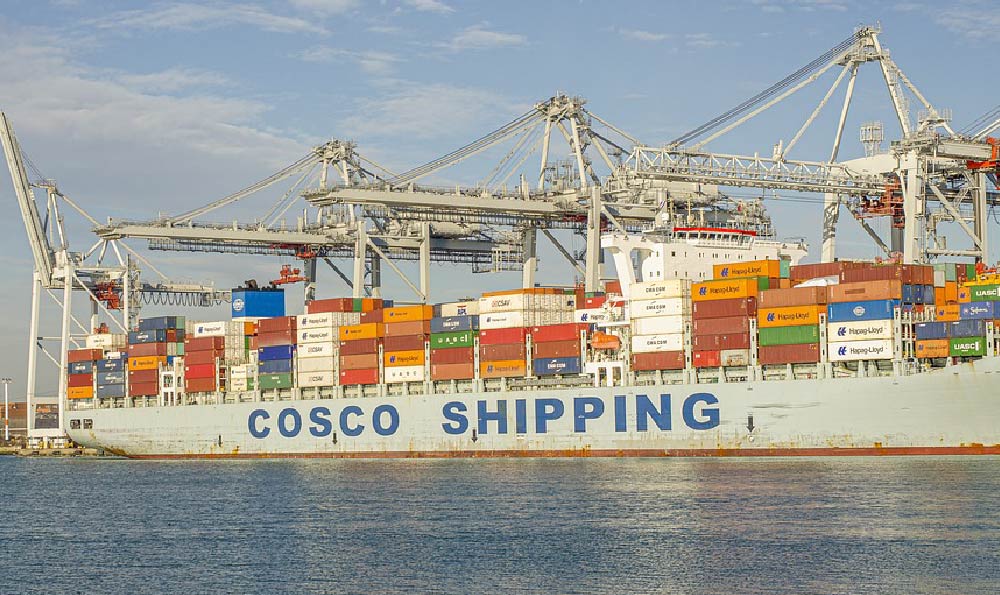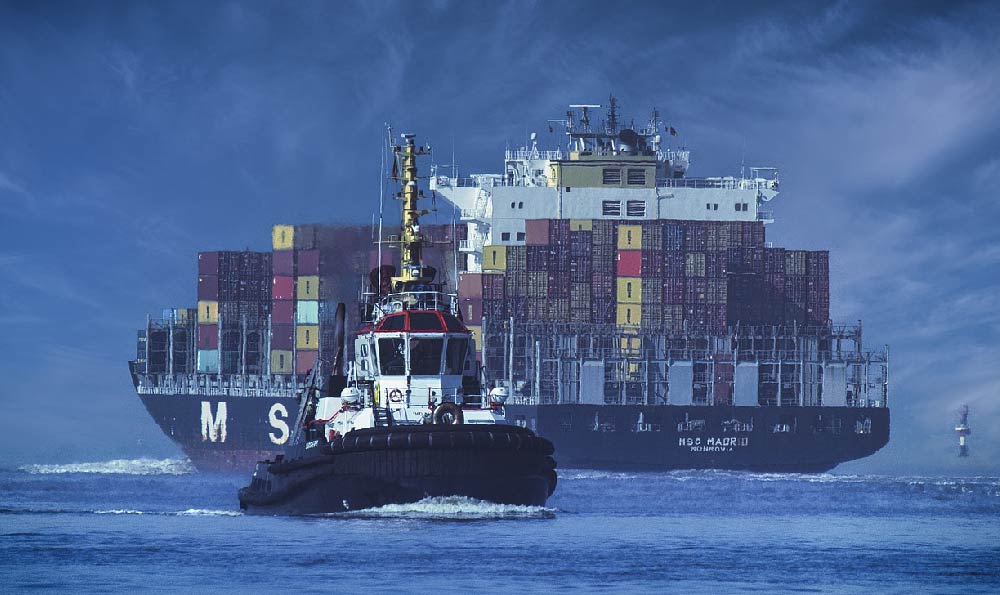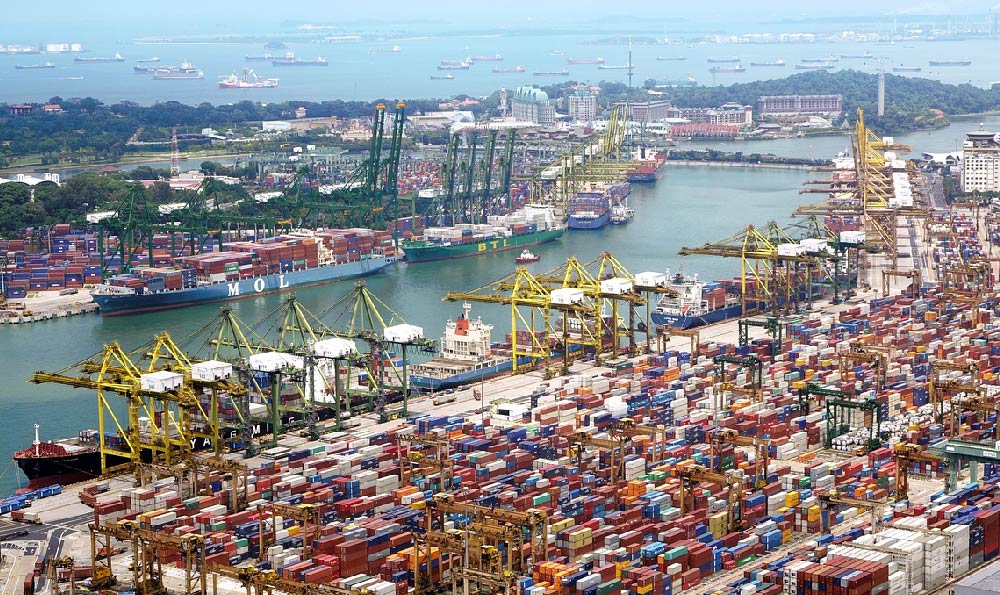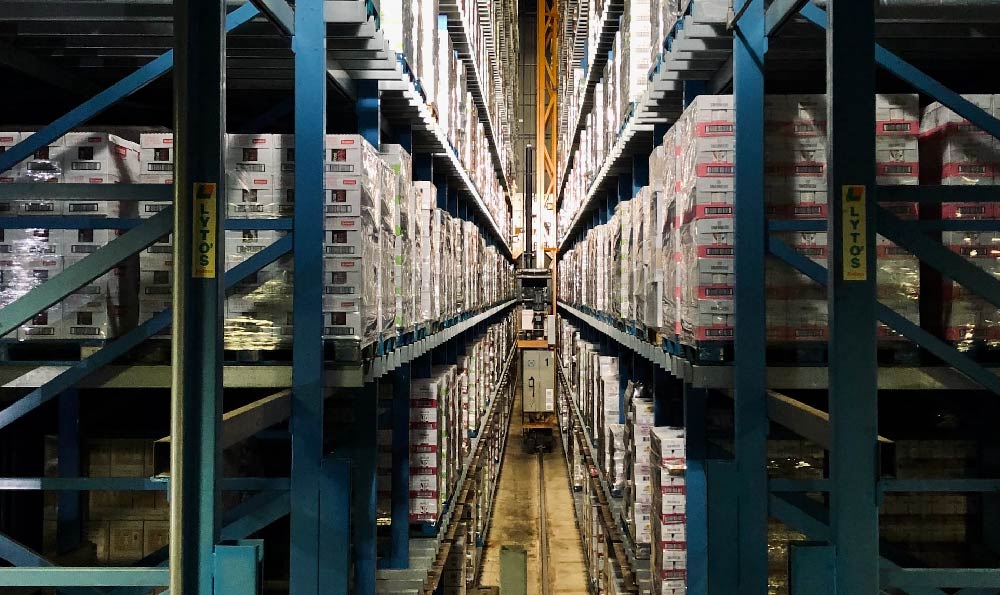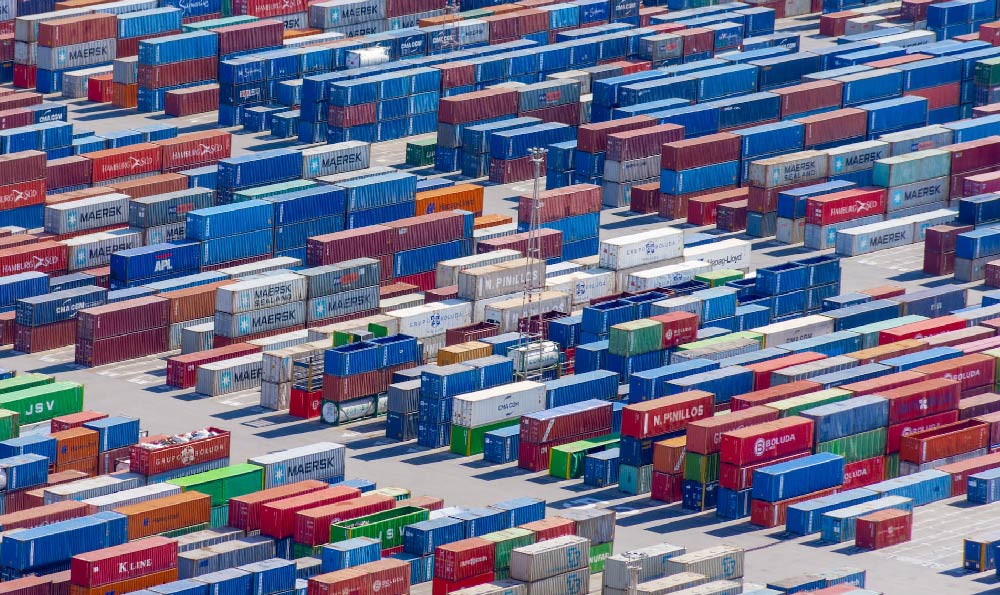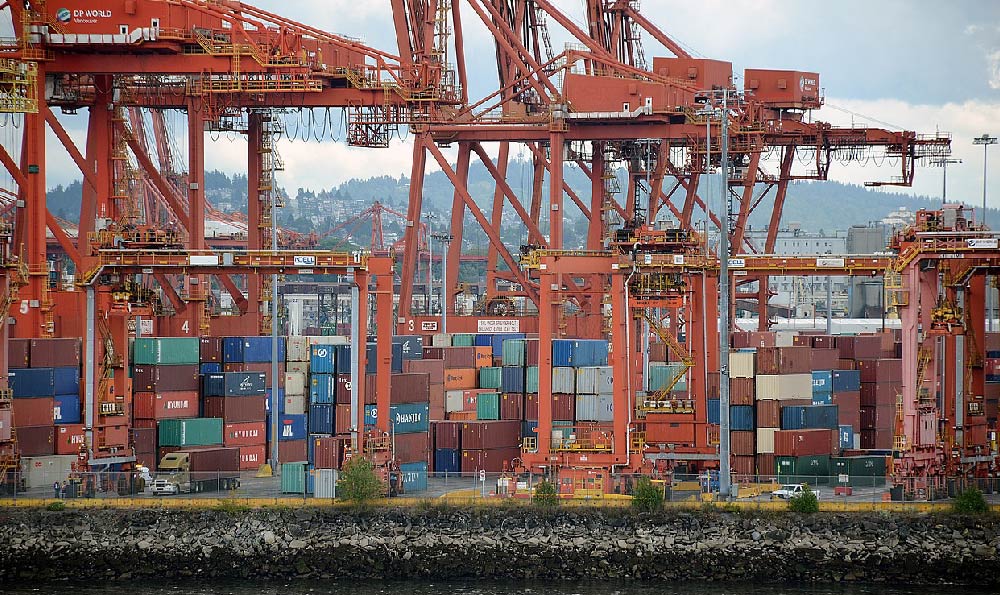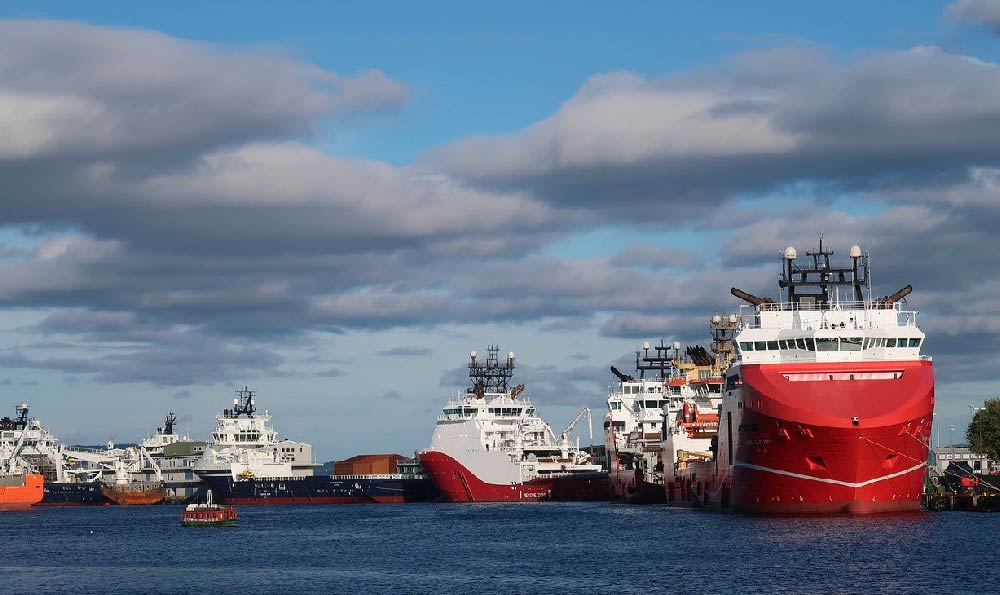
你有没有想过,在全球化的背景下,货物是如何在世界各地进行运输的?货运行业的快速发展和先进的运输技术为全球经济的繁荣做出了巨大贡献。本文将介绍世界货物运输方式的占比,探讨其发展趋势,并对未来的前景进行展望。
一、海上运输:全球贸易的主要驱动力
二、空运:迅捷高效的国际货物运输方式
三、陆路运输:跨越国界的货物流动之脊梁
四、铁路运输:快速发展的中长距离运输方式
五、内河和沿海运输:区域间货物移动的重要衔接
六、多式联运:综合利用各种运输方式的创新模式
七、未来趋势与前景展望:数字化和可持续发展的重要性
海上运输一直是全球贸易的主要驱动力,占据了世界货物运输方式的最大比例。据统计,大约80%的货物通过海上运输进行国际贸易。这种方式不仅能够保证大量货物的安全运输,而且成本相对较低,适用于大宗商品和大规模运输。
航空运输作为一种迅捷高效的国际货物运输方式,虽然占比较小,但在对时间要求较高、货物价值较高的情况下,具有不可替代的优势。航空运输正面临数字化、无人机等新技术的发展,将进一步提高其运输效率和减少能源消耗。
陆路运输是跨越国界的货物流动之脊梁。尤其是随着全球化的加深,陆路运输在国际贸易中扮演着越来越重要的角色。公路运输、铁路运输和管道运输等方式相辅相成,形成了完整的陆路运输网络,提供了快速、便捷的货物运输服务。
铁路运输作为中长距离运输方式,近年来获得了快速发展。特别是在“一带一路”倡议的推动下,铁路运输在亚欧大陆贸易中发挥着重要作用。铁路运输具有固定线路、定期发车等优势,成本相对低廉,逐渐成为海上运输的重要补充。
内河和沿海运输作为区域间货物移动的重要衔接,占据着一定的比例。随着国际和国内贸易的增长,内河和沿海运输的发展前景广阔。这些运输方式适用于短距离和小规模货物运输,能够满足区域经济发展和交流的需求。
多式联运是一种综合利用各种运输方式的创新模式,逐渐受到关注和推广。通过充分发挥不同运输方式的优势,实现运输效率的最大化和成本的最优化。多式联运将为全球货物运输带来更大的便利和效益。
数字化和可持续发展将成为世界货物运输方式的发展趋势。运输业将通过信息技术的应用,实现整体运输链的数字化管理,提高运输效率和服务质量。可持续发展也将成为重要的议题,推动运输业实现碳中和和环境保护。
世界货物运输方式占比的差异反映了各种运输方式的独特优势和应用范围。海上运输、空运、陆路运输、铁路运输、内河和沿海运输以及多式联运相互协同,共同支撑着全球贸易和经济的发展。数字化和可持续发展将引领货物运输方式的进一步创新和发展。
通过对不同运输方式的分析,我们能够更好地了解全球货物运输的现状和趋势,同时也能够为相关行业的从业者和决策者提供参考和思考。在世界经济一体化的背景下,货物运输方式的发展将成为促进国际贸易和跨国合作的重要动力。
世界货物运输方式占比
Title The Global Distribution of Transportation Modes for Goods

Introduction
Have you ever wondered how goods are transported around the world? From everyday items we use to essential goods for trade, the movement of goods is crucial for the global economy. In this article, we will explore the different modes of transportation used for shipping goods worldwide and analyze their respective proportions. Understanding these transportation trends is essential for businesses and policymakers to make informed decisions.
Structure
I. Introduction
II. The Dominance of Maritime Shipping
III. The Rapid Growth of Air Freight
IV. The Importance of Railways and Road Transport
V. Intermodal Transportation The Future of Global Cargo Movement
VI. Conclusion
Body
I. The Dominance of Maritime Shipping
Maritime shipping remains the dominant mode of transporting goods globally, accounting for around 80% of all cargo. This mode of transportation is cost-effective and efficient for carrying large quantities of goods over long distances. The rise of containerization in the 20th century revolutionized maritime shipping, enabling standardized handling and seamless intermodal transfers.
II. The Rapid Growth of Air Freight
While maritime shipping accounts for the majority of cargo transportation, air freight has experienced significant growth in recent years. Although it represents only a small percentage of overall trade volume, air transportation is crucial for high-value and time-sensitive goods, such as perishable items and electronics. The speed and reliability of air freight make it indispensable for certain industries.
III. The Importance of Railways and Road Transport
Railways and road transport play a vital role in connecting landlocked regions and the last-mile delivery of goods. Railways are particularly important for transporting bulk commodities, such as coal and iron ore, overland. Road transport, on the other hand, provides flexible and door-to-door services, serving as a critical link in the supply chain. Both modes of transportation complement maritime and air transport, contributing to seamless global trade.
IV. Intermodal Transportation The Future of Global Cargo Movement
Intermodal transportation, which involves the use of multiple modes of transportation, is gaining popularity as a sustainable and efficient solution for global cargo movement. By combining different modes, such as rail, road, sea, and air, companies can optimize routes and reduce carbon emissions. Intermodal transportation also offers greater flexibility and reliability, minimizing delays and disruptions.
Conclusion
The global distribution of transportation modes for goods illustrates the complex web that facilitates the movement of goods around the world. While maritime shipping remains dominant, air freight, railways, road transport, and intermodal solutions play critical roles in fulfilling specific needs and ensuring efficient supply chains. Understanding these trends is crucial for businesses and policymakers to make informed decisions to support sustainable and resilient global trade.
In conclusion, the analysis of the world's goods transportation mode distribution provides valuable insights into the inner workings of the global supply chain. As we progress towards a more interconnected and sustainable future, a balance between various transportation modes will be crucial. By considering the strengths and limitations of each mode, businesses and policymakers can make informed decisions to foster efficient and sustainable global cargo movement.
世界货物运输方式排名
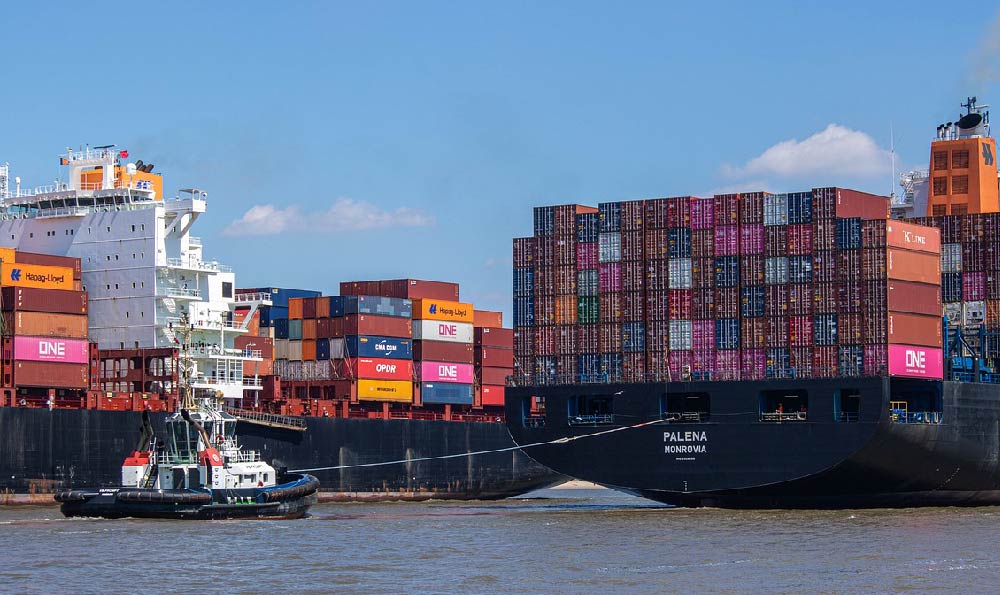
你是否好奇世界上最常用的货物运输方式是什么?是海运还是空运?还是其他的方式?货物运输方式对全球贸易和经济发展起着决定性的作用。本文将介绍世界货物运输方式排名,并探讨其背后的原因和影响。
目录:
1. 全球货物运输方式概述
2. 航运:主宰世界贸易
3. 公路运输:重要但受限
4. 铁路运输:崛起的力量
5. 空运:有效但昂贵
6. 综合运输:最佳选择
7. 综合发展为王
全球货物运输方式概述
在当今全球化的背景下,货物运输方式多种多样。根据国际贸易中货物的运输方式,可以将其分为航运、公路运输、铁路运输、空运以及综合运输等几类。
航运:主宰世界贸易
航运被公认为是全球贸易中最重要的运输方式。大型货轮能够承载大量货物,并且航线覆盖全球各个港口。航运运输成本相对较低,使得大宗货物的国际贸易得以迅速发展。
公路运输:重要但受限
尽管公路运输在国内物流中起着重要作用,但在国际贸易中受到很大的限制。跨国公路运输需要面对不同国家的法规和限制,物流成本和时间也相对较高。对于邻近国家的贸易来说,公路运输仍然是一个重要的选择。
铁路运输:崛起的力量
随着铁路基础设施的发展和改善,铁路运输在国际贸易中的地位不断提高。铁路运输速度相对较快,能够承载大量货物。尤其是在欧亚大陆桥项目的推动下,铁路运输日益成为亚欧贸易的重要选择。
空运:有效但昂贵
空运是迅速将货物送达目的地的最佳选择,速度和效率远超其他运输方式。空运成本较高,对于大宗货物经济不划算。空运往往被用于高价值、急需和轻质货物的运输。
综合运输:最佳选择
在当今全球经济的背景下,各种货物运输方式的综合运用被认为是最佳选择。通过相互配合和衔接,多种运输方式的优点得以充分发挥,从而提高效率、降低成本,并减少对某一特定运输方式的依赖。
通过对世界货物运输方式排名的研究,我们可以看到不同运输方式的优劣和特点。航运作为主宰世界贸易的方式,具有广阔的航线和低成本的优势。铁路运输的崛起、公路运输的重要性以及空运的效率也不可忽视。在综合运输方式的背景下,我们应该充分利用各种运输方式的优势,以推动全球贸易和经济的发展。
在这个充满竞争的世界里,选择适合的货物运输方式对于企业和经济发展至关重要。只有了解各种运输方式的优劣和特点,我们才能做出明智的决策和选择。迎接我们应该加强不同运输方式之间的协调和衔接,以实现更高效、低成本的货物运输,促进全球经济的繁荣。

